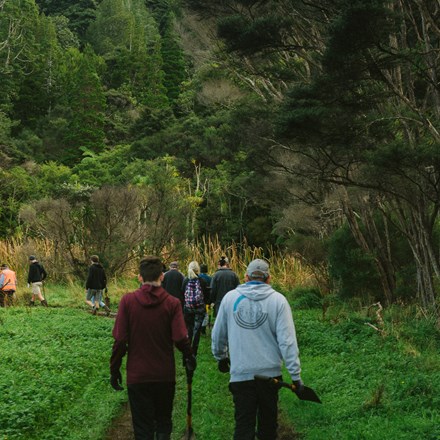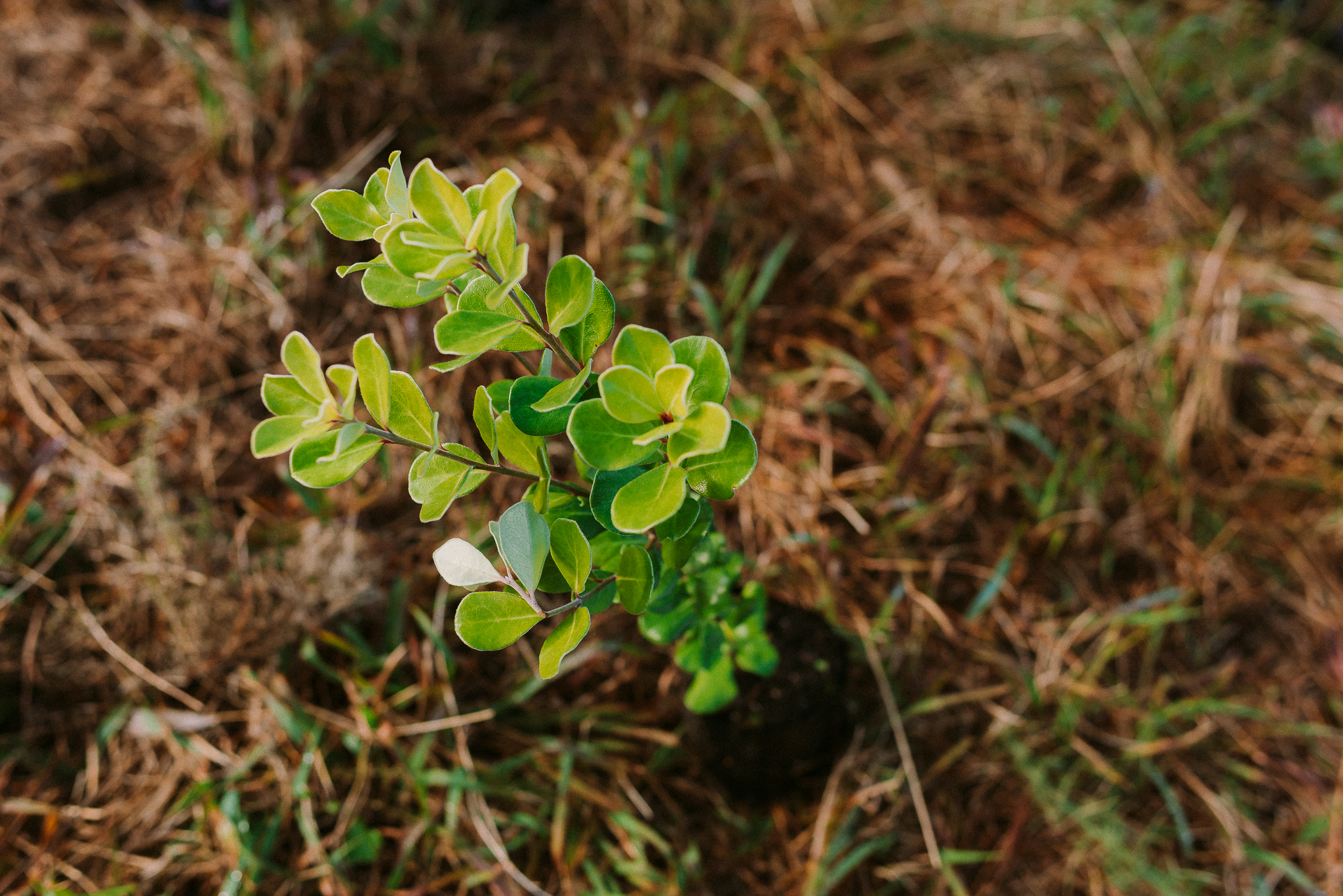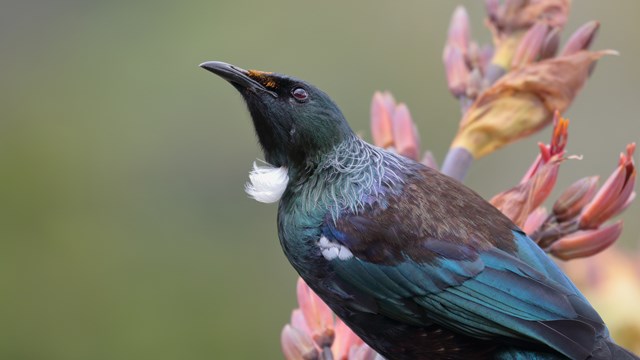
Why is this important?
You’ve invested time, funds and energy into your waterway restoration project. Naturally, you want to see some positive results. Monitoring is an important tool to track your progress and learn and improve as you go.
Where to begin
Before you start any restoration work, get to know your waterway and note down your observations. Describe the native and invasive plants (weeds) as well as any wildlife in the stream or along its banks.
This is great baseline information for your site. It will help you to create a plan of action and prioritise restoration activities. Many monitoring techniques need to be set up before you start any work to be most effective.
Three key techniques
There are three monitoring techniques that are inexpensive, relatively easy to do, and provide a great starting point for monitoring waterway restoration projects:
- Photo points - Set these up before you do any site prep or planting. Before and after photos help you track your progress and can be incredibly inspiring.
- Vegetation monitoring - Keep track of the number and type of plants that go in the ground. Then assess the survival rates of these plants annually. Vegetation monitoring will inform the types of plants you use as you extend your planting along the waterway. Survival rates will help shape your maintenance activities and frequency.
- Bird counts - Keep a diary of birds you see or hear at the planting site. Make sure to do this prior to site prep and planting, and then after the plants are in the ground. As the plants grow in and provide food and habitat, the number and diversity of birds will likely increase.
Go to SBN's resource on monitoring for more detailed information about each of these techniques, as well as additional methods.




